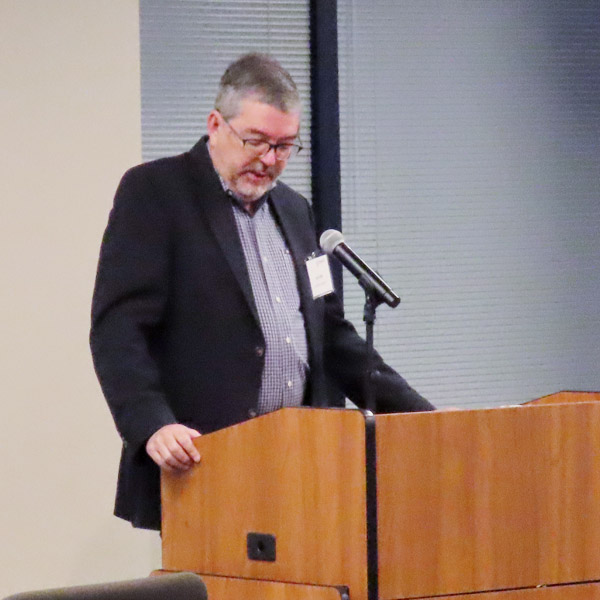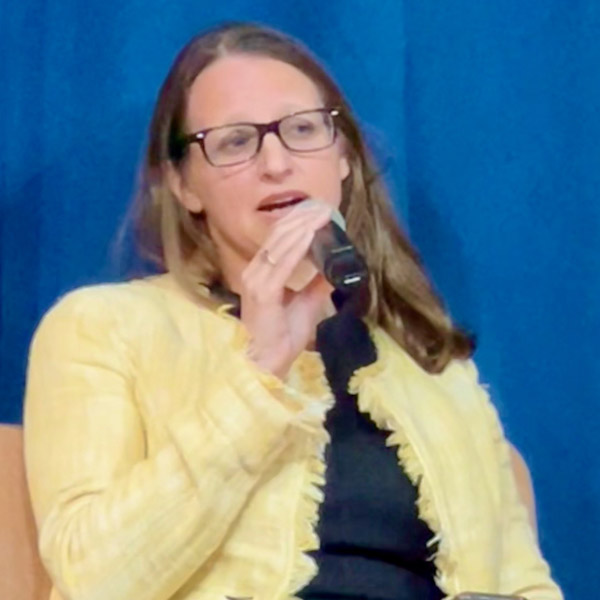WASHINGTON — Despite years of talking past each other, some see a thaw in the most recent discussions around coordination between the electric and natural gas industries, panelists said at the Energy Bar Association’s Mid-Year Forum on Wednesday.
“We’ve made some substantial progress and [are] having an open and frank conversation about how each of the two sectors should interact with one another,” Gee Strategies Group President Robert Gee said.
Gee was one of three co-chairs on a recent effort from the North American Energy Standards Board on harmonizing the two industries. That effort at least got both industries to agree that it would be beneficial to better align the natural gas trading day with day-ahead power markets, he said. (See NAESB Forum Chairs Push for Gas Reliability Organization.)
Despite some progress, Gee noted that the 20 recommendations the process came up with saw differing levels of support between the two industries. And while he and the other two co-chairs — Hunt Energy Network CEO and former FERC Chair Pat Wood and the Analysis Group Senior Adviser Susan Tierney — endorsed a reliability organization for natural gas, the idea has not caught on with that industry.
PJM’s report on December 2022’s Winter Storm Elliott showed that most of the power plants unavailable because of a lack of natural gas were trying to secure their fuel after being dispatched in the real-time market, said Electric Power Supply Association Senior Vice President Nancy Bagot. (See PJM Recounts Emergency Conditions, Actions in Elliott Report.)
“If generators had day-ahead notification, they very often were able to make their fuel arrangements,” she said.
Dealing with issues around the few days a year when gas supplies are stressed from cold weather would be more effective than requiring generators to have long-term, firm supply contracts for natural gas, which do not guarantee they will get fuel during extreme cold snaps, Bagot added.
“Even though we’ve been working on gas-electric issues for what seems like decades, I sense a different kind of feeling or that we’re learning more this round, and for good reasons,” said Natural Gas Supply Association Executive Vice President Patricia Jagtiani.
FERC and NERC have come out with reports on multiple reliability incidents involving gas-electric coordination over the past decade, and each iteration has become more refined and detailed on what happened, she added. With Elliott, nearly 90% of the outages in PJM from fuel issues happened to plants dispatched in real time.
Trying to buy gas without a preexisting contract in the middle of a cold snap is difficult, and even if it can be secured, FERC requires that gas be delivered within three hours while power plants have to start up within one hour, Jagtiani said.
“I think a firm contract helps,” she added. “I think PJM’s report and FERC’s Uri report [on the February 2021 storm] showed that there was value in holding a firm contract: It improved your chance of getting confirmed.”
Gee questioned whether any kind of contracting regime would be enough to deal with the issue, noting that ultimately the fix might have to come from expanding infrastructure outside of the market. The task force asked FERC and the National Association of Regulatory Utility Commissioners to request a study from the Department of Energy on whether new natural gas storage might help, and whether that might need to be paid for in some way out of the markets, he added.
Redesigning the entire system from scratch, it would make sense to connect every gas-fired generator to a storage field, PJM Principal Fuel Supply Strategist Brian Fitzpatrick said.
“Quite frankly, I don’t see that existing in the future,” Fitzpatrick said. “But some of the major concerns I have going forward are just the headwinds, the negative headwinds, against the gas industry, whether it be state driven, whether it be federal driven, [such as] EPA regulations; they’re disincentivizing investment in natural gas infrastructure.”
Roughly half of PJM’s capacity is driven by natural gas, and it has 30 to 40 GW of coal-fired capacity that is going to retire in the coming decade that will largely be replaced by natural gas.
Gee agreed that the fuel was not going to disappear from the grid any time soon, even if it begins to be used more often to meet the ramping and balancing needs of a system dominated by renewables. But some states like Texas, where Gee said CenterPoint Energy is predicting that peak demand on its system will triple in the next 25 years, are going to continue needing the fuel for baseload generation.
“I think that we’ll have to figure out a way to weave together, in a coherent fashion, our climate goals along with our energy demand goals,” said Gee. “I think the road ahead could be quite rocky if we don’t proceed at a very careful pace and fully understand the impact of some of the decisions we’re making. And I say that as somebody who fully embraces that we need to address climate change and mitigate the amount of carbon in the atmosphere.”



